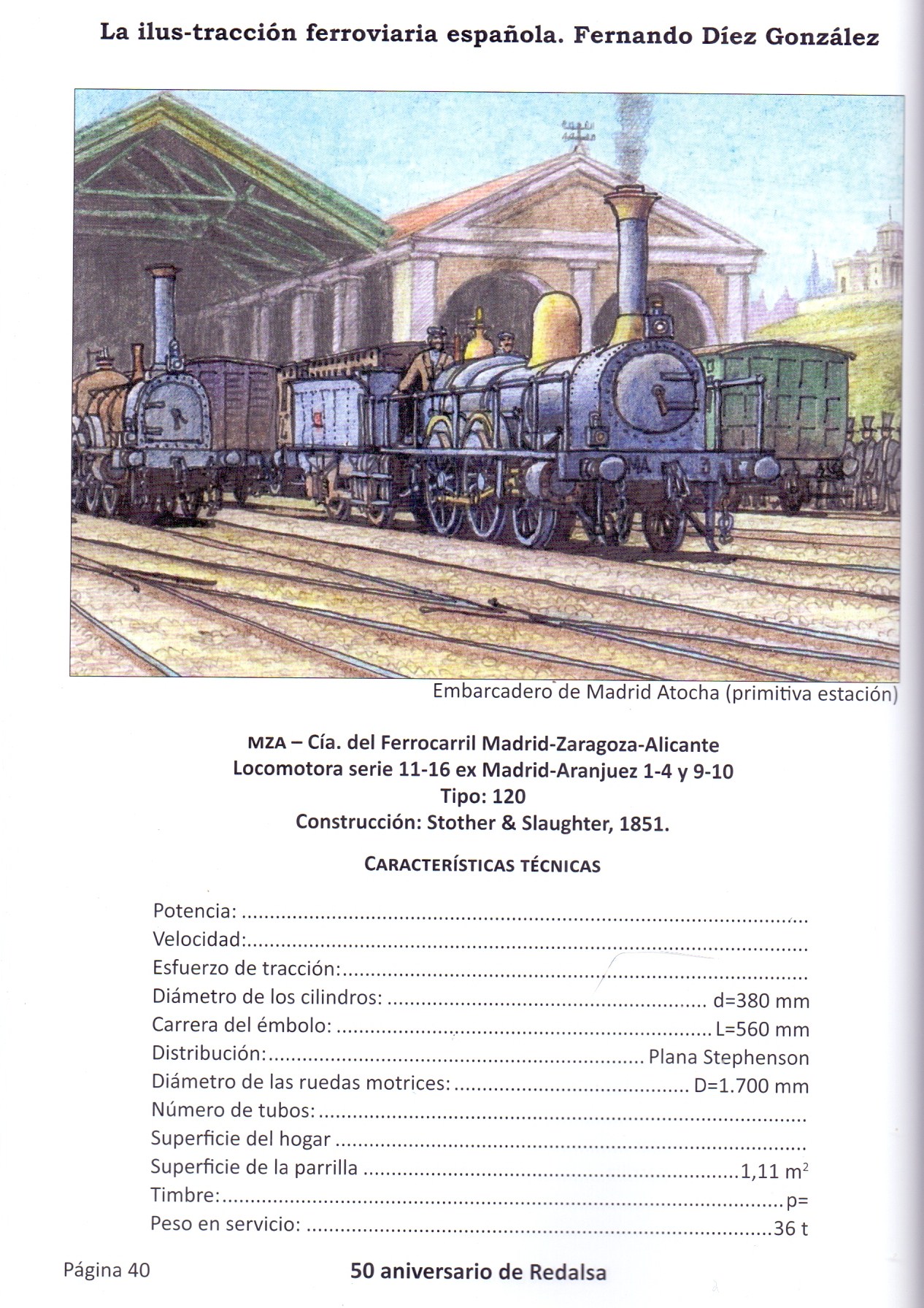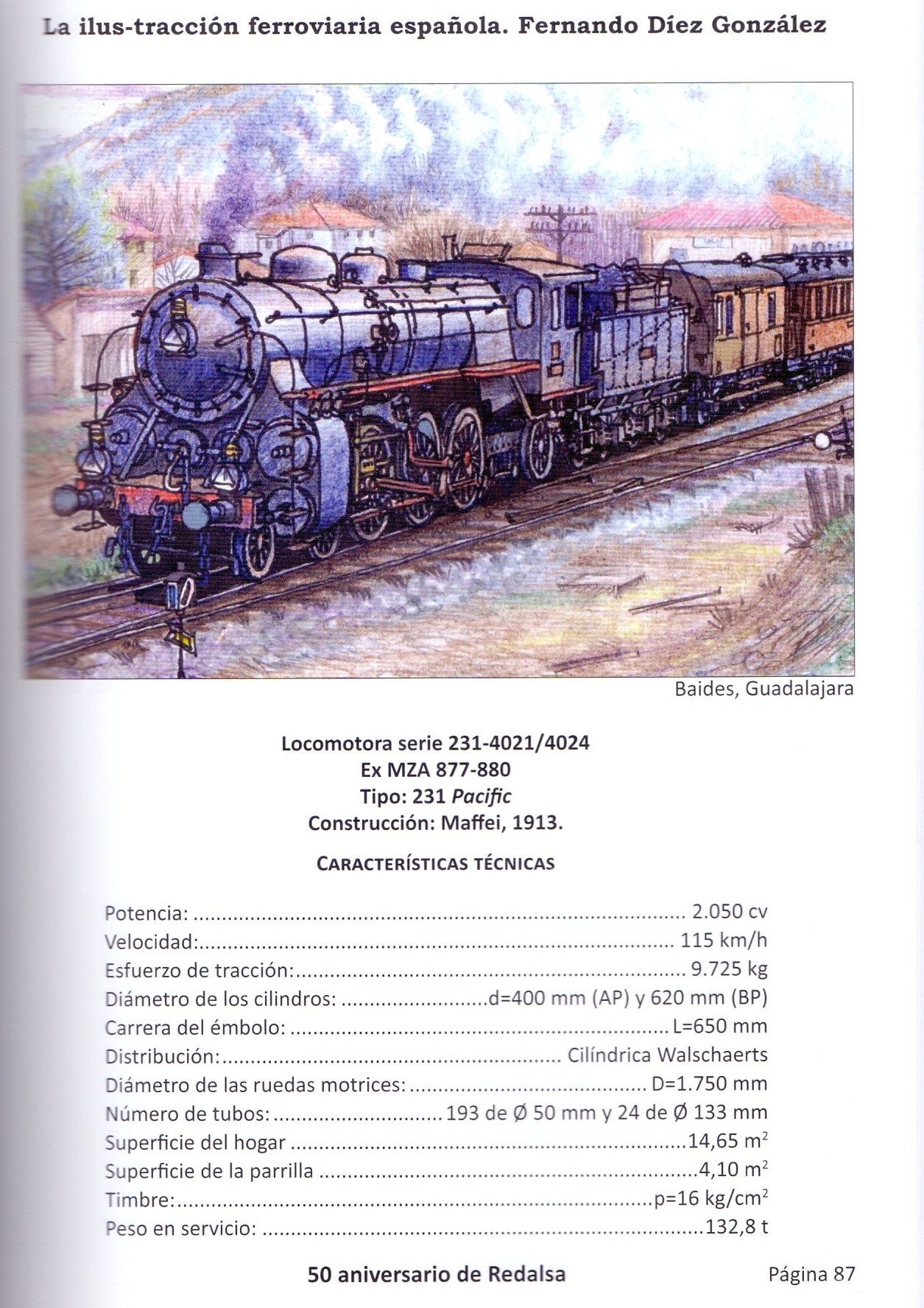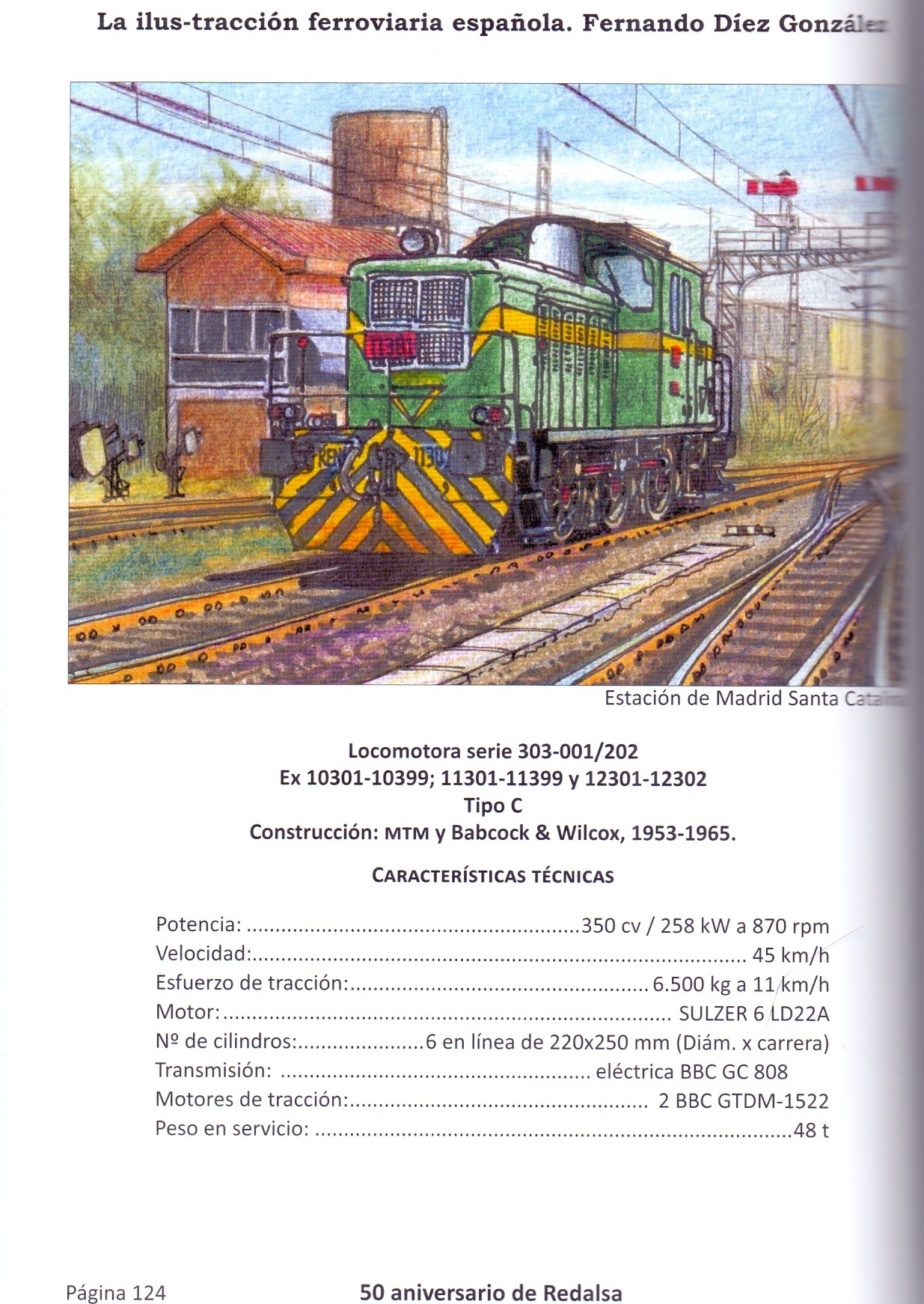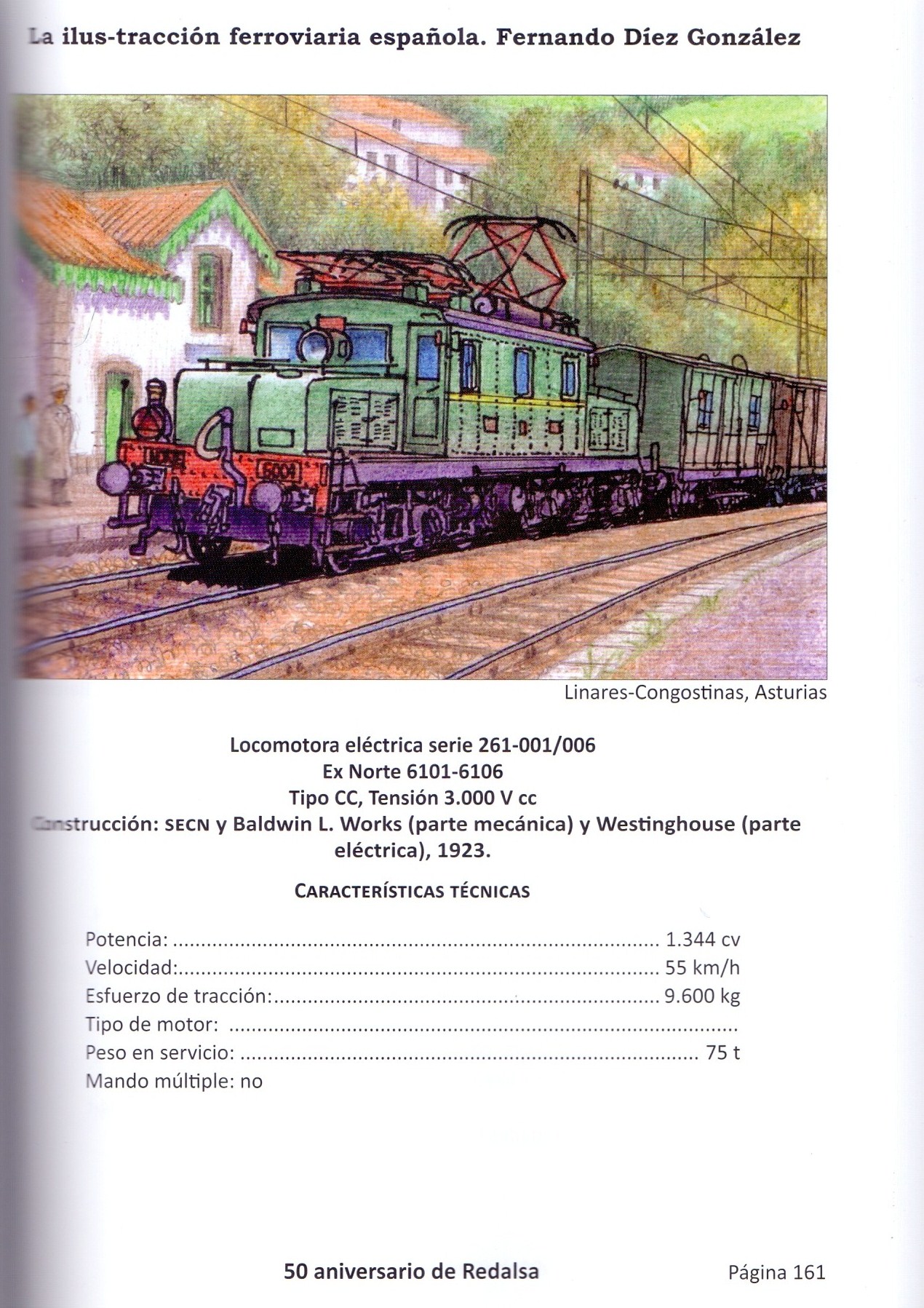Fernando Díez, author of 'La Ilus-tracción ferroviaria española'
Fernando is passionate about railways. This man from Burgos, a railway traffic technician at Ineco, wanted to take his hobby further and publish a book with his own drawings of the locomotives that have circulated in Spain. More than 200 illustrations that he himself has made over 30 years and are now collected under the title 'La Ilus-tracción ferroviaria española'.
Name?
Fernando Díez González.
But... how do they use to call you at home?
At home they call me Fernando, also "Fer" (also called "Fer" by several colleagues) and in other nearby areas, like in my village, they call me "Pin".
What do you do at Ineco?
I belong to the Circulation group, which directs and manages rail traffic on the sections under construction (trains and track works).
When did you join the company?
In January 2007, at the Vilafranca del Penedés base, then under construction and now as a maintenance base.
How has your work at Ineco influenced this book?
The truth is that my concerns about the railways were already there. This book has been a slow gestation, it should not be forgotten that it is an eminently visual work, and when I joined Ineco I had already developed several illustrations. It is not for nothing that there are around 275 drawings that have been rigorously produced, and it takes time to produce them. My work at Ineco has influenced my knowledge of locomotive series dedicated to the traction of the work trains used in the construction of the lines, as well as of the trains used in the tests and those that will later be used on the lines. All of them (or almost all of them) have their place in a work that gathers a heterogeneous selection of traction equipment throughout the history of the Spanish railway.
Could you tell us a bit more about what exactly the illustrations consist of?
This work brings together two of my passions: the railway and the plastic arts. These are freehand drawings made with a calibrated felt-tip pen and coloured with coloured pencils. They reflect locomotives and self-propelled trains of all types of traction (steam, diesel and electric) throughout the 175 years of railway history in Spain. They reproduce material of the most diverse types and origins (British, German, French, American, Japanese or national manufacturers). They range from the archaic steam locomotives of the mid-19th century to the advanced High-Speed trains of the 21st century, and all are contextualised in their temporal and geographical environment. Often, in the motor equipment albums, the photographs were limited to the locomotives themselves without any background or to dimensioned sketches. I enjoyed, and still enjoy, imagining them in their environment and with the facilities typical of the lines they ran on when they were in service.
How is the work to document each locomotive?
There is an extensive bibliography on the subject, in publications on railway history or in the field of railway traction, as well as in specialised journals. These are works that are as good as they are sometimes little known. You just have to know a bit about the world and know "what to play"... Basically, you have to know the history of the old railway companies and their evolution, and what type of material they used depending on the traffic they had or the layout of the lines. There are series of material for which the existing graphic documentation is scarce and precarious (we are talking about very old locomotives). In these cases, knowing the distribution of the elements that make them up, it is necessary to make an effort to recompose them and give the drawing verisimilitude.
After the creation of Renfe in 1941, there was more unification in terms of material and more updated lists. With regard to the narrow gauge, things are different and more complicated, as there were an infinite number of companies and several of them were local. Documentation is more scattered. As in the case of Renfe, in recent times the Metric Gauge Network and the regional railways have standardised their material to a great extent.
What does this hobby brings you personally and professionally?
On a personal level, I consider it a very enriching hobby that helps me to understand the circumstances of the evolution of transport in this country and its relationship with the territory. In terms of work, it gives me a special motivation to get involved in the development of the activity, and a better knowledge of the environment.








